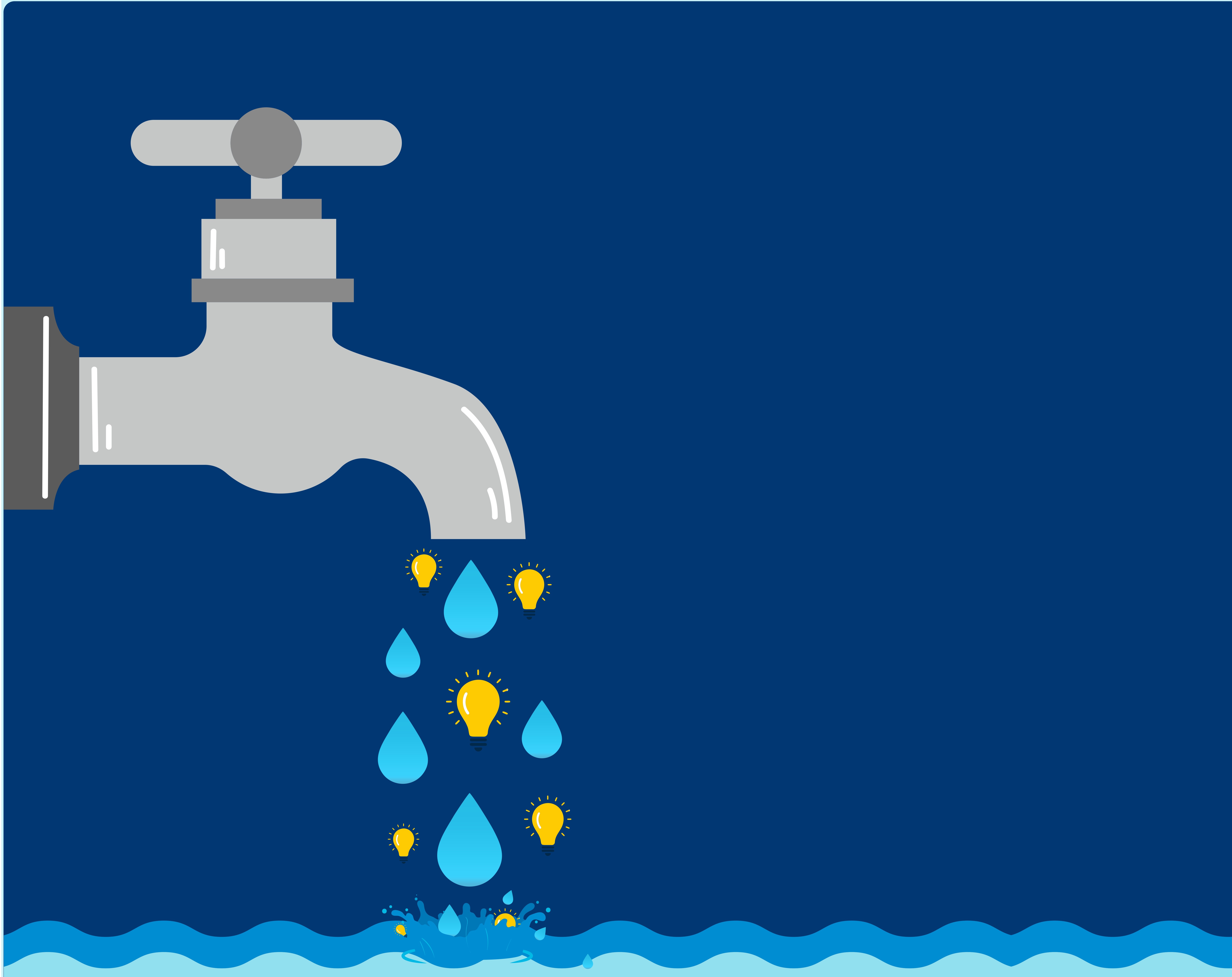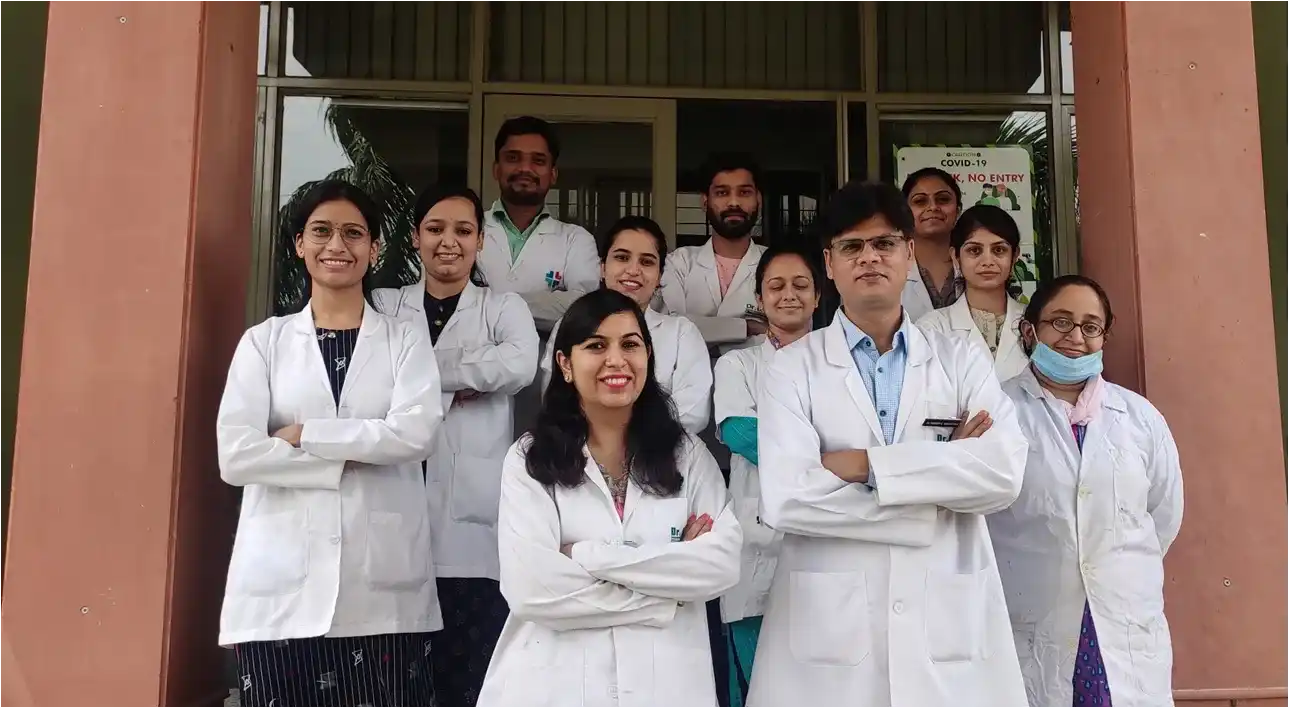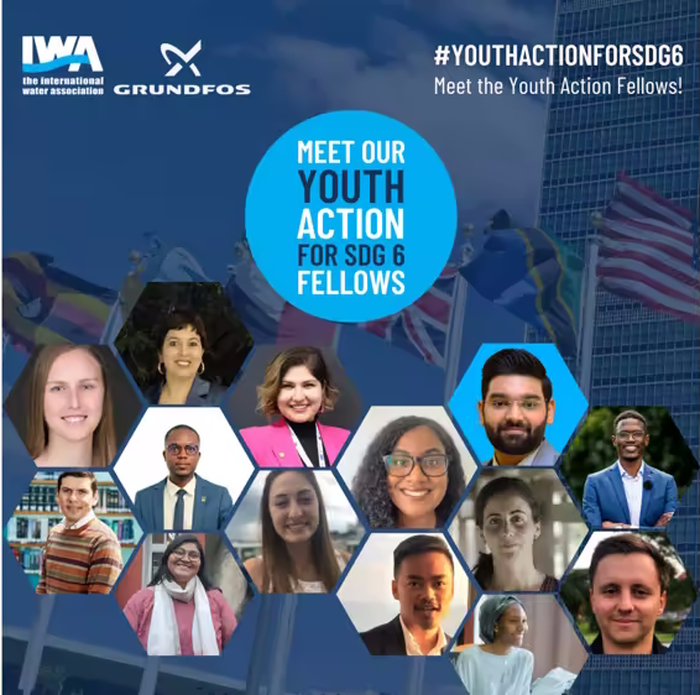
Transforming Lives and Communities with SDG 6 - Clean Water and Sanitation
Sustainable Development Goal 6 (SDG 6 or Global Goal 6) is about "clean water and sanitation for all". It is one of the 17 Sustainable Integrated Foundation Goals established by the United Nations General Assembly in 2015. According to the United Nations, the goal is to: "Ensure availability and sustainable management of water and sanitation for all."
OUTCOME TARGETS
Provide safe and affordable drinking water end open defecation
provide access to sanitation and hygiene improve water quality
wastewater treatment and safe reuse increase water-use efficiency
ensure freshwater supplies
protect and restore water-related ecosystems
Why it is important?
Access to water, sanitation and hygiene is a human right. To get back on track, key strategies include increasing sector-wide investment and capacity-building, promoting innovation and evidence-based action, enhancing cross-sectoral coordination and cooperation among all stakeholders, and adopting a more integrated and holistic approach to water management.
Water is essential not only to health, but also to poverty reduction, food security, peace and human rights, ecosystems and education.
Nevertheless, countries face growing challenges linked to water scarcity, water pollution, degraded water-related ecosystems and cooperation over transboundary water basins.
What are the challenges?
In 2022, 2.2 billion people still lacked safely managed drinking water, including 703million without a basic water service; 3.5 billion people lacked safely managed sanitation, including 1.5 billion without basic sanitation services; and 2 billion lacked a basic handwashing facility, including 653 million with no handwashing facility at all.
By managing our water sustainably, we are also able to better manage our production of food and energy and contribute to decent work and economic growth. Moreover, we can preserve our water ecosystems, their biodiversity, and take action on climate change.
Are water and climate change linked?
Water availability is becoming less predictable in many places. In some regions, droughts are exacerbating water scarcity and thereby negatively impacting people’s health and productivity and threatening sustainable development and biodiversity worldwide.
Ensuring that everyone has access to sustainable water and sanitation services is a critical climate change mitigation strategy for the years ahead.
Without better infrastructure and management, millions of people will continue to die every year from water-related diseases such as malaria and diarrhea, and there will be further losses in biodiversity and ecosystem resilience, undermining prosperity and efforts towards a more sustainable life.
What can we do?
Civil society organizations should work to keep governments accountable, invest in water research and development, and promote the inclusion of women, youth and indigenous communities in water resources governance.
Generating awareness of these roles and turning them into action will lead to win-win results and increased sustainability and integrity for both human and ecological systems.
You can also get involved in the World Water Day campaigns that aim to provide information and inspiration to take action on hygiene issues.


